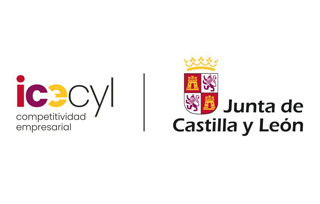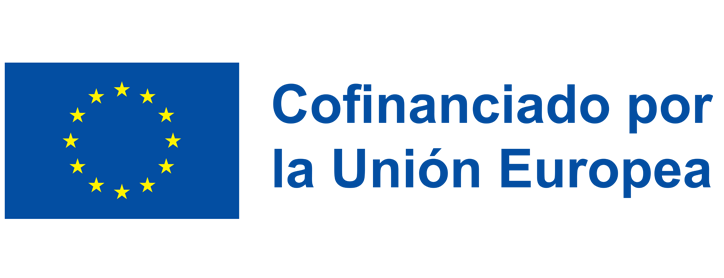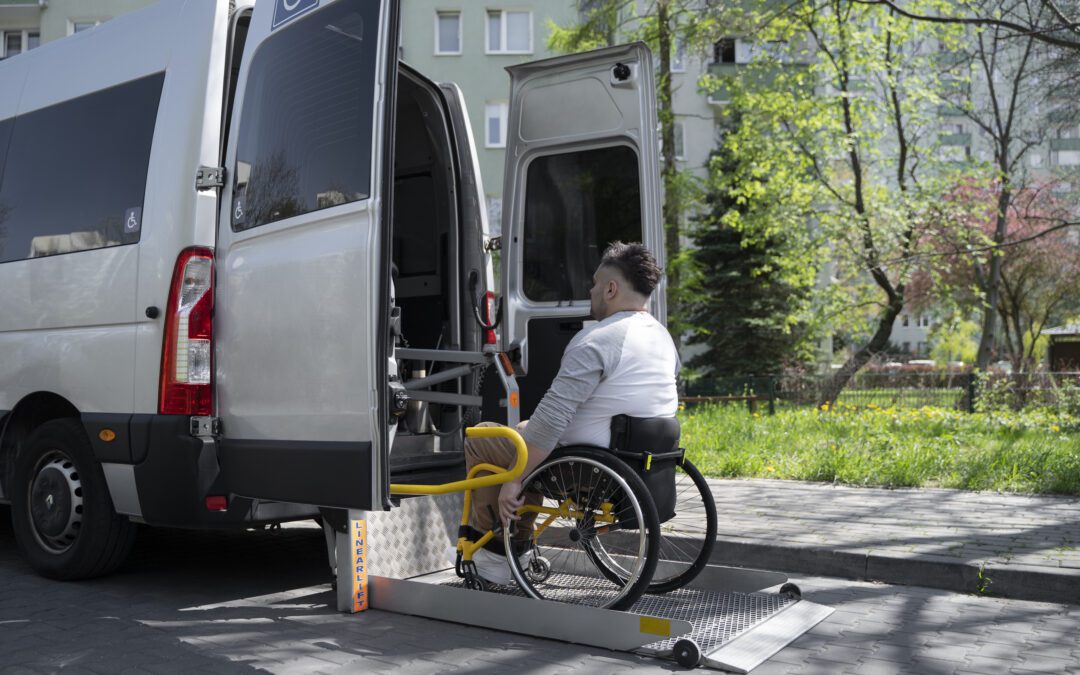
ANASTRA – Research on new technologies for real-time analysis of agricultural soils to calculate CO₂ sequestration capacity
The agricultural sector is the second-largest emitter of greenhouse gases—second only to transport—yet it is also the only sector capable of acting as a CO₂ sink thanks to soils and woody crops. ANASTRA promotes real-time analysis of agricultural soils to accurately measure carbon sequestration, facilitate future certification, and help reduce the carbon footprint of the agricultural sector.
Project Description:
ANASTRA represents a significant collaboration between two technology centers in Castilla y León — AGRICULTURAL AND AGRI-FOOD TECHNOLOGY CENTER (ITAGRA) and ITCL TECHNOLOGY CENTER — with the goal of driving innovative solutions in the agricultural sector to solve the lack of a precise and efficient method for discrete, real-time measurement of soil carbon levels and other key parameters in agricultural soils. These innovations will be based on the use of hyperspectral sensors integrated with Industry 4.0 technologies for intelligent management of measurements related to soils’ CO₂ sink capacity.
The project focuses on researching and determining an advanced, fast, reliable, digital, and automated technological solution to measure—and in the future enable certification via this technique—the CO₂ sink effect in agricultural soils. The solution involves the design and development of a mobile, autonomous robotic platform that enables sampling in real-world environments and yields real-time results.
The project also includes designing interfaces for the sensor platform and interpreting results, with the challenge that these interfaces be intuitive to promote adoption by farmers and ensure interoperability with other existing agricultural systems. This will make it possible to evaluate the effectiveness and feasibility of the proposed and developed solution under real conditions.
Main Objective:
The main objective of ANASTRA is to research and determine an advanced, fast, reliable, digital, and automated technological solution to measure—and in the future enable certification via this technique—the CO₂ sink effect in agricultural soils. The proposed solution will primarily consist of sensorization and integration of measuring devices into a mobile autonomous robot for the agricultural domain, enabling in-field soil sampling and measurements in a discrete, remote, and precise manner, with real-time transmission of soil carbon levels at different depths and geolocated positions. Consequently, the project seeks to help reduce the carbon footprint of the Spanish agricultural sector by implementing a precise and automated system for measuring the CO₂ sink capacity of agricultural soils.
Specific Objectives of the Project:
The specific objectives of ANASTRA are:
- SO1: Automated measurement of the CO₂ sink effect in agricultural soils
- SO2: Analyze the use of computer vision with hyperspectral technology for the chemical characterization of agricultural soils
- SO3: Analyze spectroscopy techniques and multispectral technology to determine parameters of interest for soil characterization
- SO4: Investigate the use of 2D and 3D imaging techniques in agricultural soil studies
- SO5: Investigate the use of satellite techniques to determine soil carbon levels
- SO6: Develop a high-precision automated system for soil data collection
- SO7: Design a results visualization platform for the measurements obtained and interconnection with an IoT expert system
Project Duration:
September 2024 – August 2027
Regional cooperative project with:
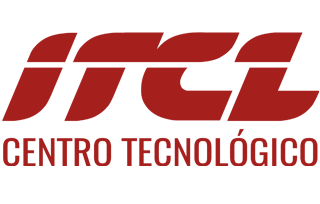
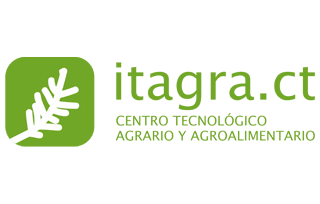
Funded by:
Grants for the implementation of R&D projects of regional interest aimed at excellence and competitive improvement of the Technological Centers of Castilla y León, co-financed with ERDF (European Regional Development Fund).
